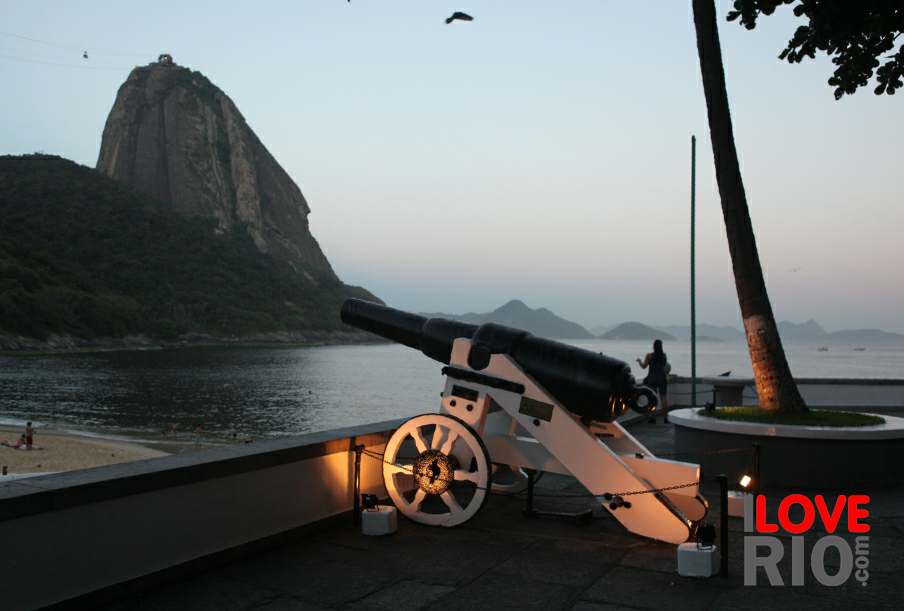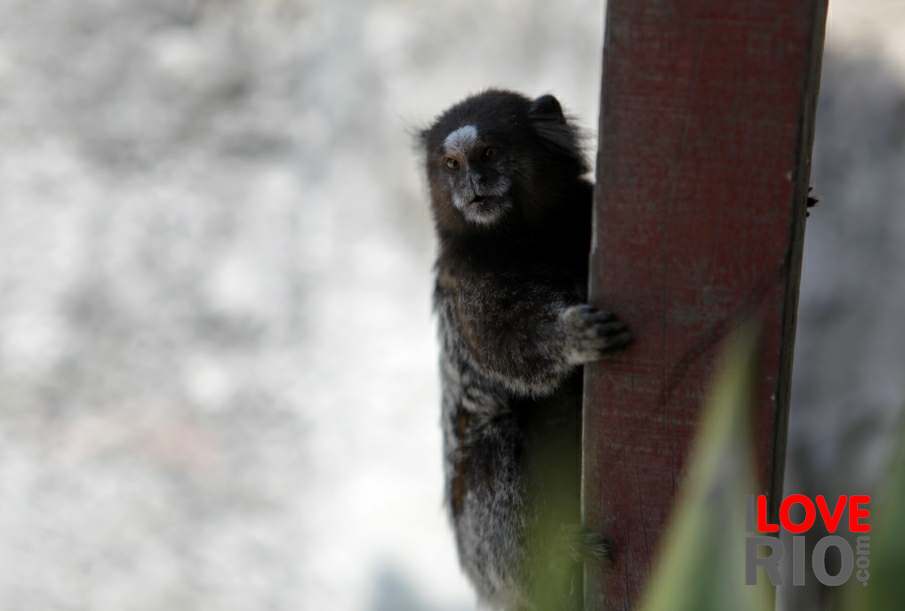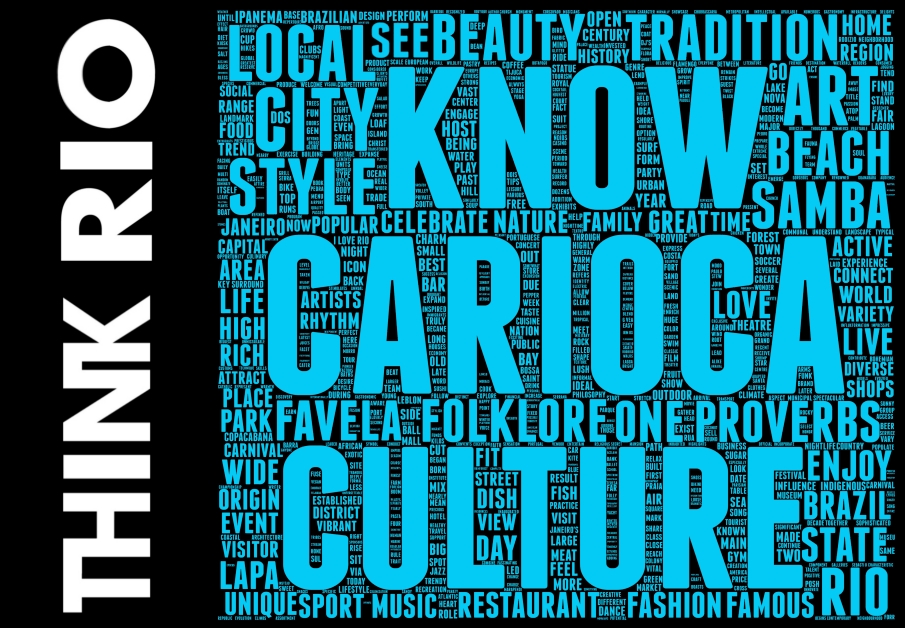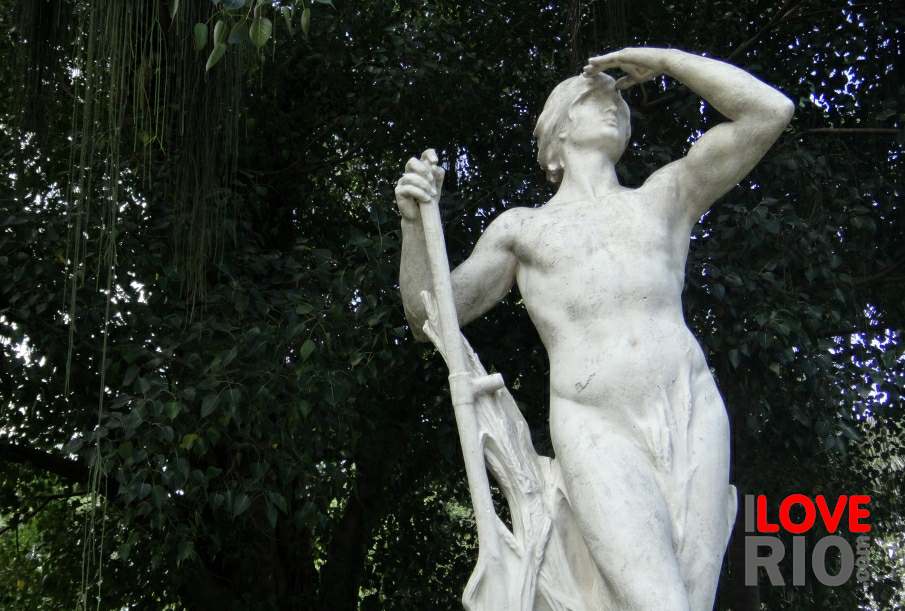

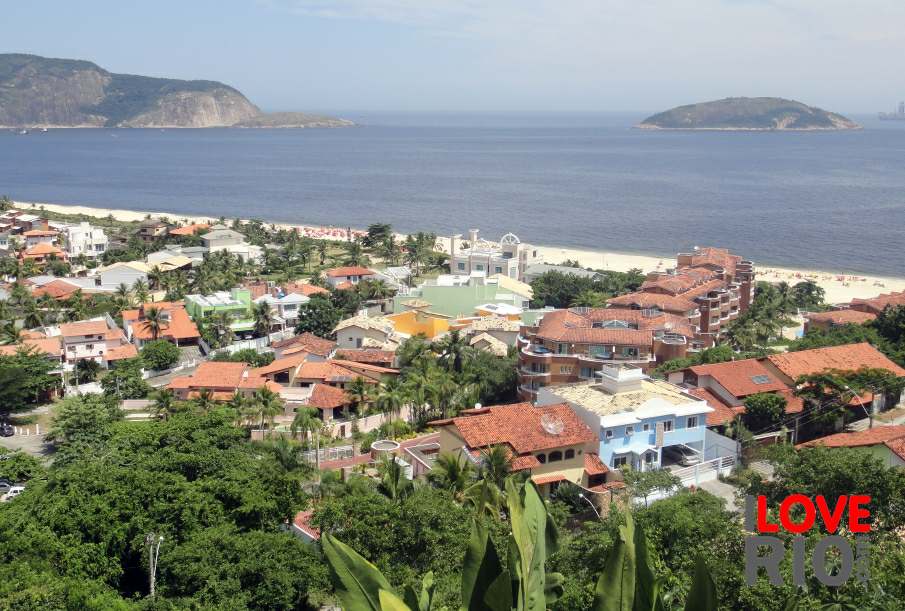
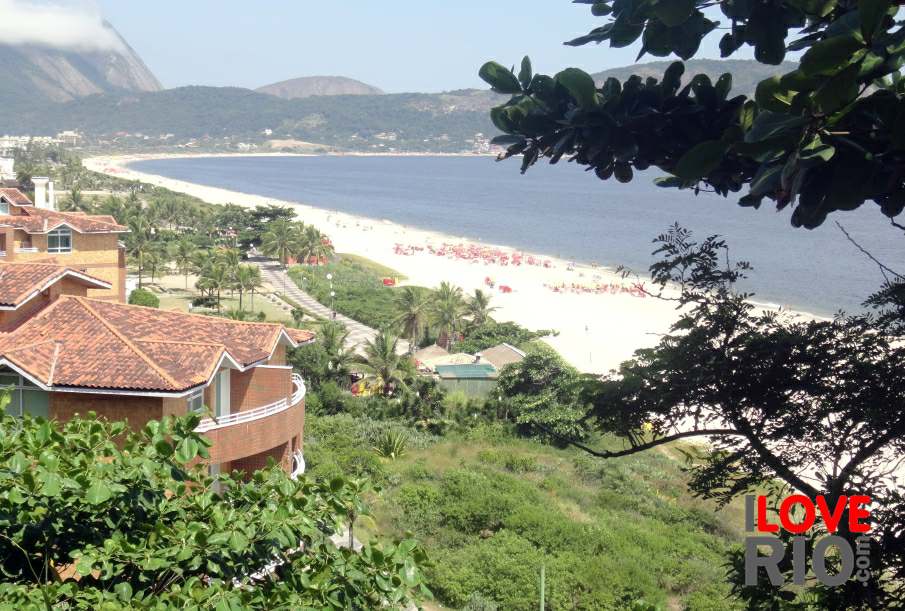
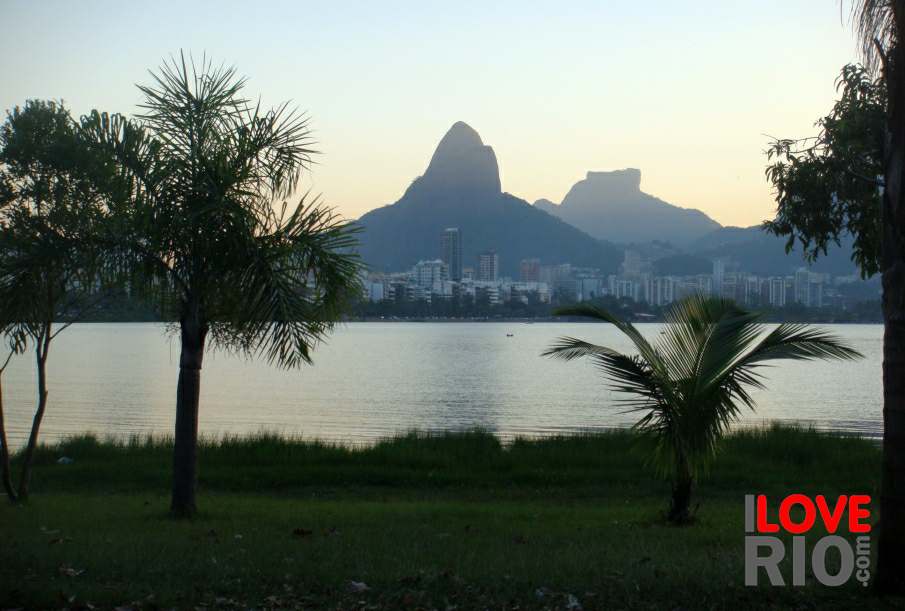
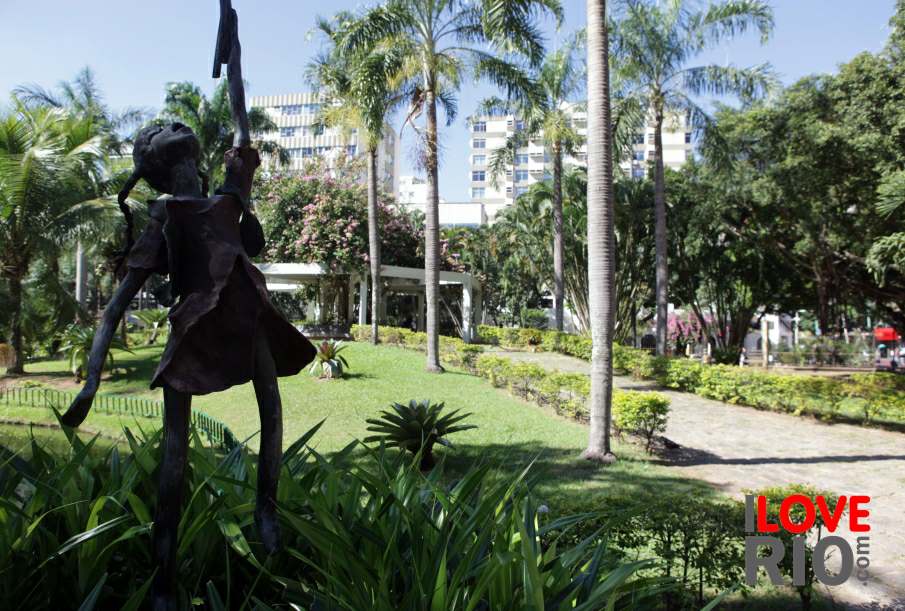
at a glance
in the centuries that followed, the area developed very slowly, being mainly linked with communities dependent on fishing or other maritime activities. the whaling industry would eventually settle in this area of the bay and become so important that the location would be renamed 'vila real da praia grande' and recognized as the state capital. the independence of the colony, in 1822, would bring another important change, with rio de janeiro city becoming the center of the brazilian empire and niterói the capital of the newly formed province of rio de janeiro. after the implementation of the republic, by the end of the century, niterói would grow immensely, a fact which led to the creation of several of the modern and well-known cultural landmarks within it.

